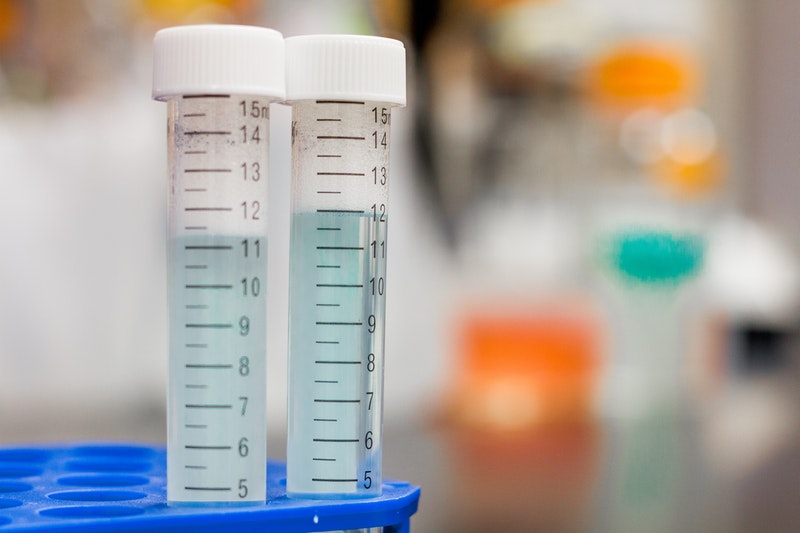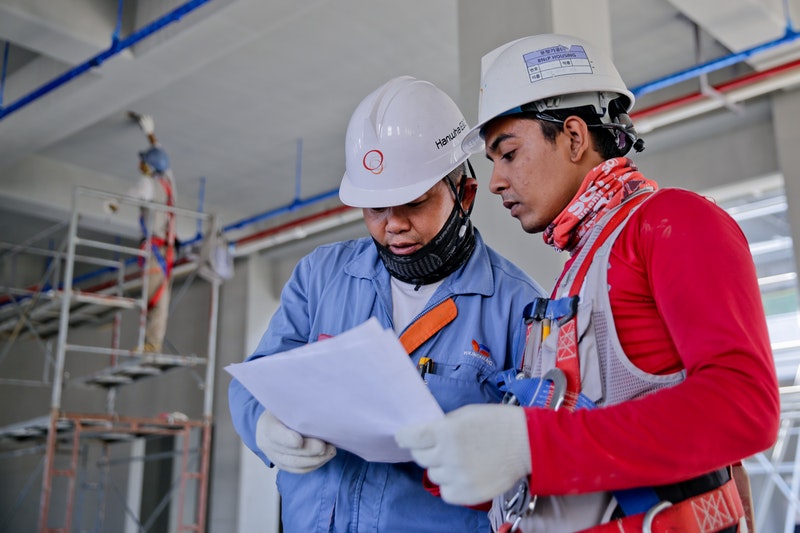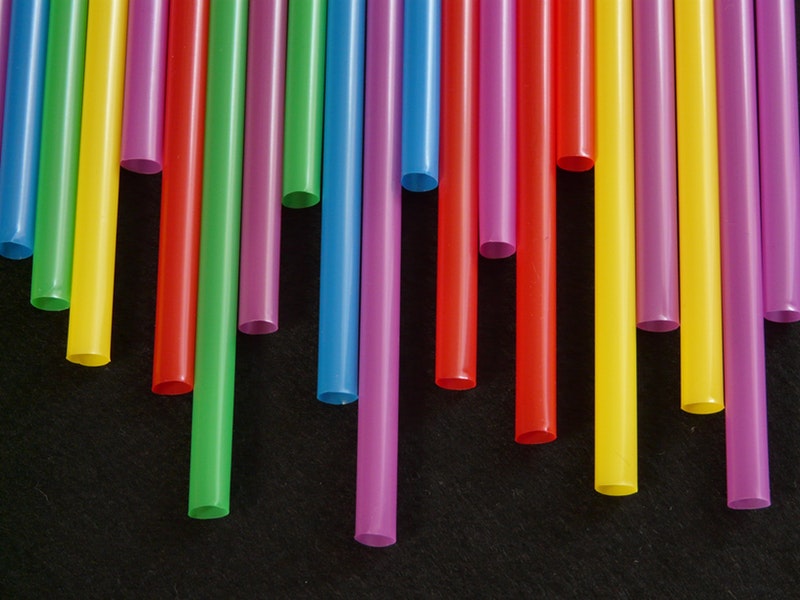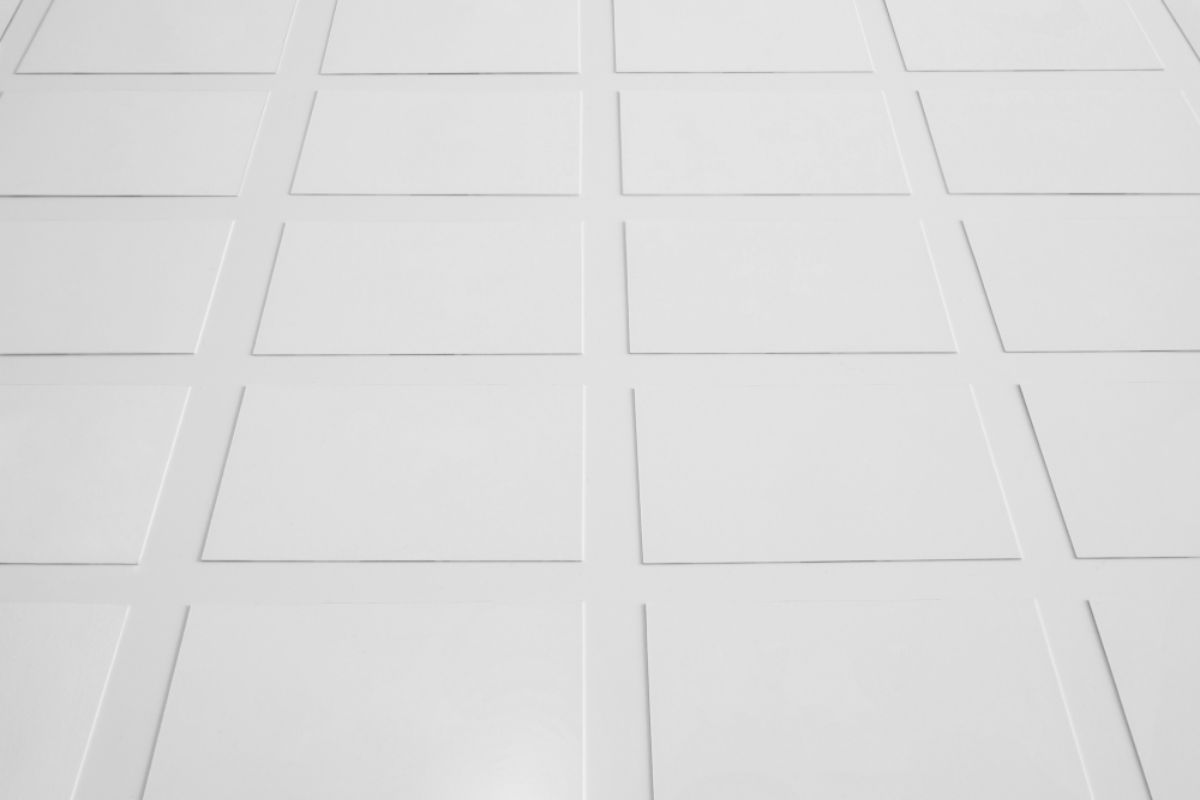How can you improve the manufacturability by incorporating the best practices in injection molding?
- Evaluate mold structure characteristics
- Appropriating wall thickness
- Advanced manufacturing technologies
- Enforcing ribs into the design
- Reduction of underparts
The industry of injection molding in China is constantly coming up with the best practices in innovation in order to deliver excellence in quality and meet the demand for quantity. In terms of plastic injection molding, accuracy in manufacturability means that there is less chance for shrinkage or any other molding defect possible.
In order to avoid these types of problems for your next injection molding project, you should be aware of the improvements in accuracy that you can apply to the whole production process. Check them out here!
Mold Structure Characteristics

With injection molding, you have to understand that precision is of the utmost importance. However, there are factors that you have to take into account before you achieve this quality in its manufacturability. The best thing to do is be aware of the best practices in injection molding and to employ them as you see fit. Factors in the mold structure such as its parting surface and gate, thickness, plastic structure, insert design, and cooling system make all the difference in reducing molding defects such as shrinkage.
With the parting surface and gate, take into consideration the gate form, the size of the mold directly flowing into the structure that directly affects the flow direction, and the level of structural integrity it has. The use of direct gates can combat problems in plastic injection molding depending on the design requirements. The plastic structure, along with the materials that are used with it also comes into play with the shape, size, and wall thickness becoming an integral part of the process.
Cooling systems, meanwhile, are responsible for the distribution of the mold cooling effects all throughout the design. These are what you should take into consideration, especially if you want to achieve the best possible design manufacturability you can have for your product or concept.
Appropriating Wall Thickness
In material selection, you also have to consider wall thickness in order to achieve successful design manufacturability. With it, there is also the matters in the ease of molding in the part, mechanical performance, cosmetic appearance, and the cost of the part production.
Wall thickness is a significant part of injection molding since this can determine the best possible functionality of the mold which will vary depending on the application it is suited for. Always remember that the wall thickness is determined by achieving the balance between weight and strength. Wall thickness should also be observed with consistency because failure to do so will result in a wasted part is a wasted investment that will cost you quite a lot.
Advanced Manufacturing Technologies

In China, injection molding companies employ robotics and other machinery — the result of constant innovation in the industry; the evidence of advanced manufacturing technologies. Teams who are skilled in manufacturing high-quality plastic parts know that technology is the key to achieving much-needed precision in the whole production process.
Although the engineers are responsible for command, the manufacturing technologies are responsible for putting these things into motion. Turning concepts into tangible ideas do not seem far off with these advanced manufacturing technologies and with it, the accuracy in injection molding is greatly enhanced.
Enforcing Ribs into the Design
Ribs are aptly named because these are the ones who encase the whole design in order to promote structural integrity in the best possible way. According to Make Parts Fast, they are usually used for structural reinforcement. This goes on to show that ribs are great in allowing greater strength, firmness, and stiffness in the parts without the need to increase wall thickness because doing so will result in an increase in time allowance and more costs in the whole production process. Proper rib design is measured by five different parameters including thickness, the height of the ribs, location, quantity, and moldability. Each has these unique qualities that affect the production process and it does so to promote the structural integrity of the part.
Reduction of Underparts
Undercuts are one of the minor molding defects that you should avoid. You may think that it does not affect the part extensively but a poor quality undercut may result in indentation or protrusion that can prohibit the ejection of a part form a mold.
Undercuts are also called an internal or external infraction, or inaction. They typically increase the complexity of the mold which can result in higher injection mold manufacturing costs. But with the help of the creativity and commitment to precision by a team of engineers from your trust mold manufacturer, this will be greatly reduced.
Key Takeaway
Having these basic practices in injection molding will be the reason for a successful project. Promoting the qualities of these practices will also greatly enhance your brand’s ability to produce quality plastic parts which will help your business significantly.
Ask your partner plastic injection molding company for these types of practices and you can work hand in hand to achieve the best practices and the best products in injection molding.










